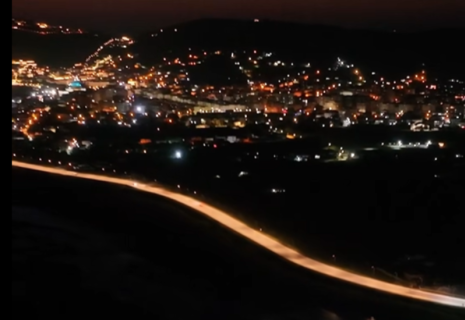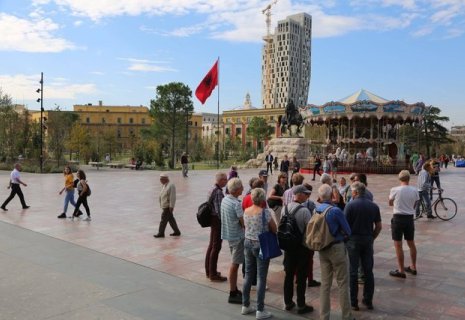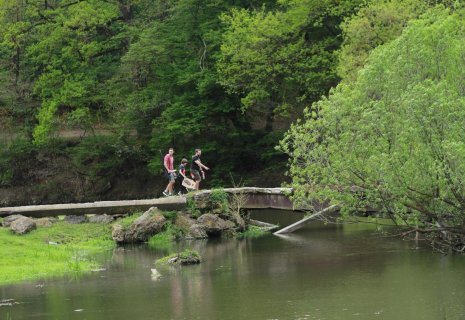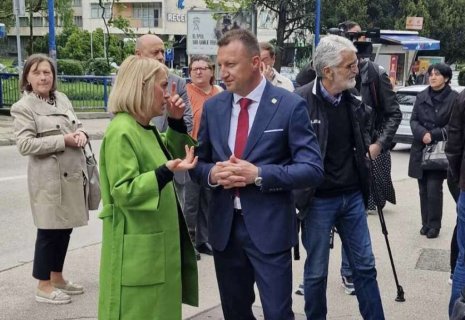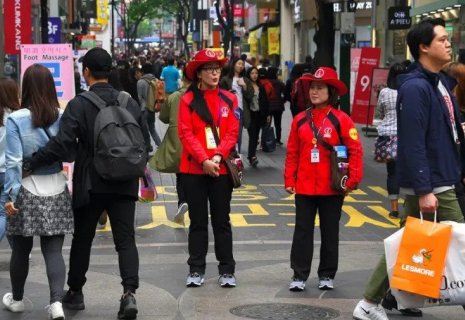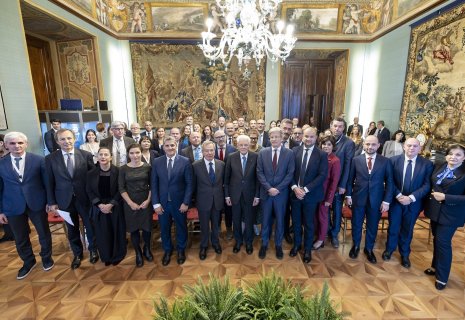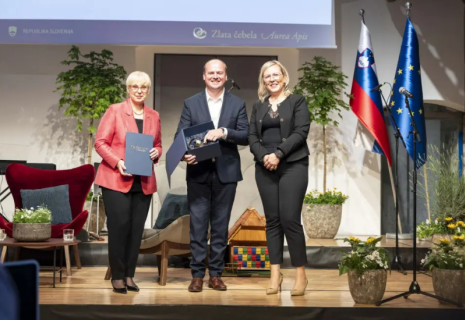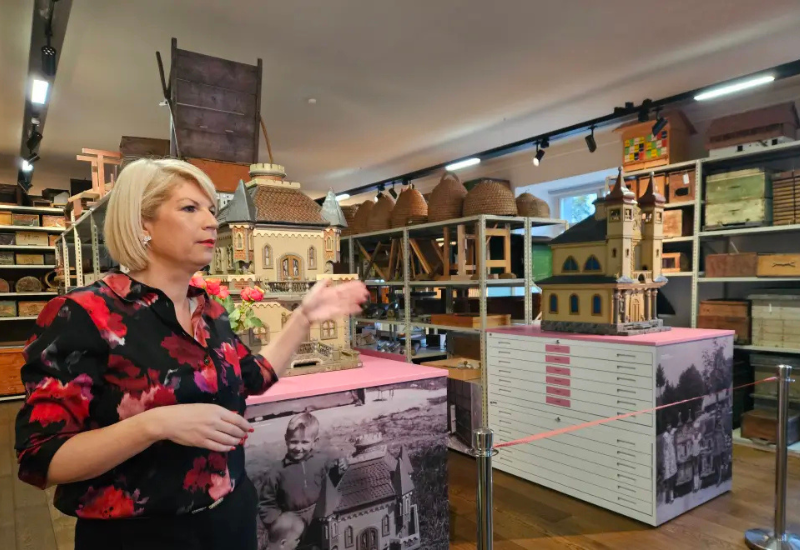
Radovljica Beekeeping Museum opens its depot to public
A magnet for visitors from across the globe, the Radovljica Beekeeping Museum has opened a new exhibition space to display items from its collection of 240-plus objects that have not found their place in the permanent collection, CE Report quotes The Slovenia Times.
Few museums in Slovenia have a viewing depot, a special type of exhibition space that gives visitors access to museum items that are otherwise hidden from the public eye while keeping them in a safe environment.
Launching the new viewing depot 13 December, Petra Bole, the head of the Radovljica Museums, said they were happy to be able to put on show the exceptional heritage kept by the Bekeeping Museum in this way.
The depot displays a number of beehives and beekeeping tools, as well as artistic objects, souvenirs, medals, traditional honey bread products, Gorjuše pipes and other items testifying to the development of beekeeping since the 18th century.
Curator Kristina Seljak pointed in particular to painted beehive panels. The museum keeps 916 of those, the oldest of which dates back to 1758 and is on show at the permanent exhibition.
Before displaying them at the depot, they protected the panels to prevent them from damage and photographed and recorded them so they can keep doing their research without handling them.
"There is always something new to discover, there are always new facts and new insights," Seljak explained, adding that research work begins in earnest only once the items are recorded, cleaned, restored and conserved.
The museum has been working on the viewing depot for four years, with financial support from the Radovljica municipality and the Culture Ministry especially to cover the costly conservation procedures.
"Slovenia has a genuinely rich tradition of beekeeping and the kind of objects on display here cannot be found elsewhere," said Bole. There are not many specialised beekeeping museums in the world, especially not ones that preserve such a rich and diverse heritage.
Housed in a Baroque mansion in the medieval town of Radovljica in the northwest of the country, the museum draws around 30,000 visitors a year. Apart from the general public it attracts experts and beekeepers from all over the world, including as far as New Zealand, Australia and the United States.


